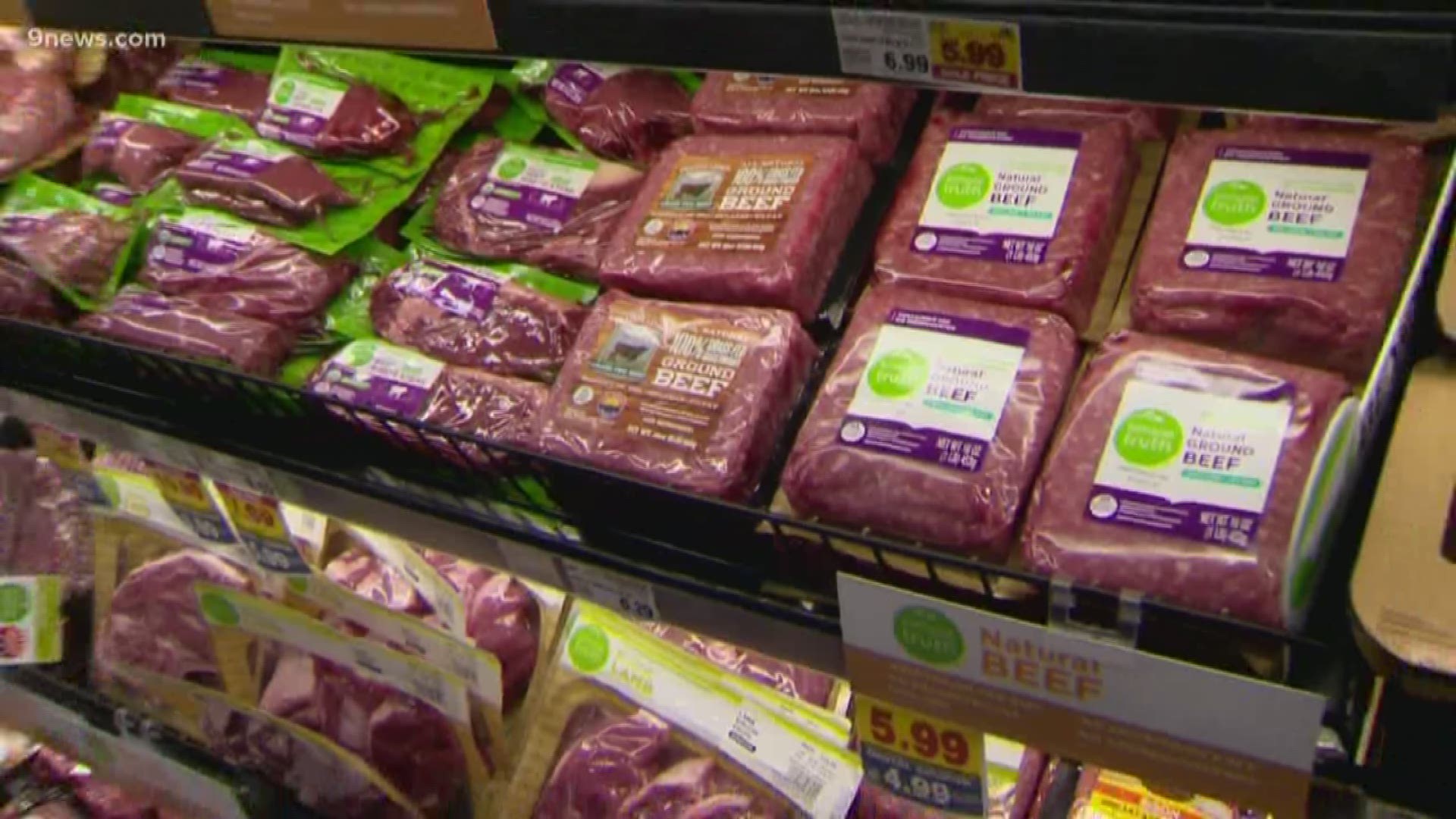Instead of just picking out the same old greens, aim for color, and aim for in season, putting at least enough green, red, orange, blue and black in your cart.
Also, don’t forget fungi, which can help boost immunity and improve gut health.
However, because nothing is growing in January, my main suggestion will be to head over to the frozen aisle and guide on the best ways to buy frozen fruits and vegetables.
That’s because every day off the vine, bush, or out of the ground a plant is, it loses more and more nutrients, whereas frozen fruits and vegetables are frozen at leak ripeness.
Here are some suggestions on what to take and what to leave on the shelves at the grocery store.
Pasta, rice, grain aisle
This year, eat less grains and more beans in this aisle by choosing colorful bean-based pastas, and vegetable rice’s, I also recommend my patients avoid grains that have been tuned into anything (like pasta or bead) and instead focus on INTACT grains (grains that have not been altered at all) such as wild, brown and red rice, steel cut oats, quinoa, freekeh).
Cereal
Aim for natural options, even in the kid’s areas, void of colorings and excess sugar. For the adults in the family, you can aim for grain free options, mueslis and high fiber, low sugar options. Two of the most important factors will be lack of sugar and high fiber.


Frozen Foods
In this off season, get what you can, frozen. For frozen pizzas, aim for those with cauliflower, protein, or kale crusts.
Bread aisle
Choose breads that are 100% whole grain, not multi-grain, not wheat, and not triple seeded. None of the latter terms indicate that the entire kernel was used to make the bread. Even better, go grain free and opt for plain corn tortillas or buns made with vegetables such as cauliflower.
Candy aisle
Skip it – but if you must, go with dark chocolate that’s at least 70% or greater, and even better, dark chocolate options sweetened with stevia.
Dairy
Consider full fat yogurt, cheese, and even milk options to maximize satiety when consuming dairy.
Spice aisle
2020 will be all about adding in more anti-inflammatory foods to the diet, and roots and herbs are a great way to achieve this. Consider picking up some turmeric, cinnamon, cumin, garam masala, etc.
Meat and poultry
Go for poultry that is free of anti-biotics, hormones and free to roam. For red meat, go with wild options (like buffalo, venison, elk) or traditional meats that are grass finished (as opposed to grass fed).
Snacks
Aim for grain free snack options that pack a protein and fiber punch, such as bean and vegetable-based snacks.
SUGGESTED VIDEOS | Recipes and DIY


